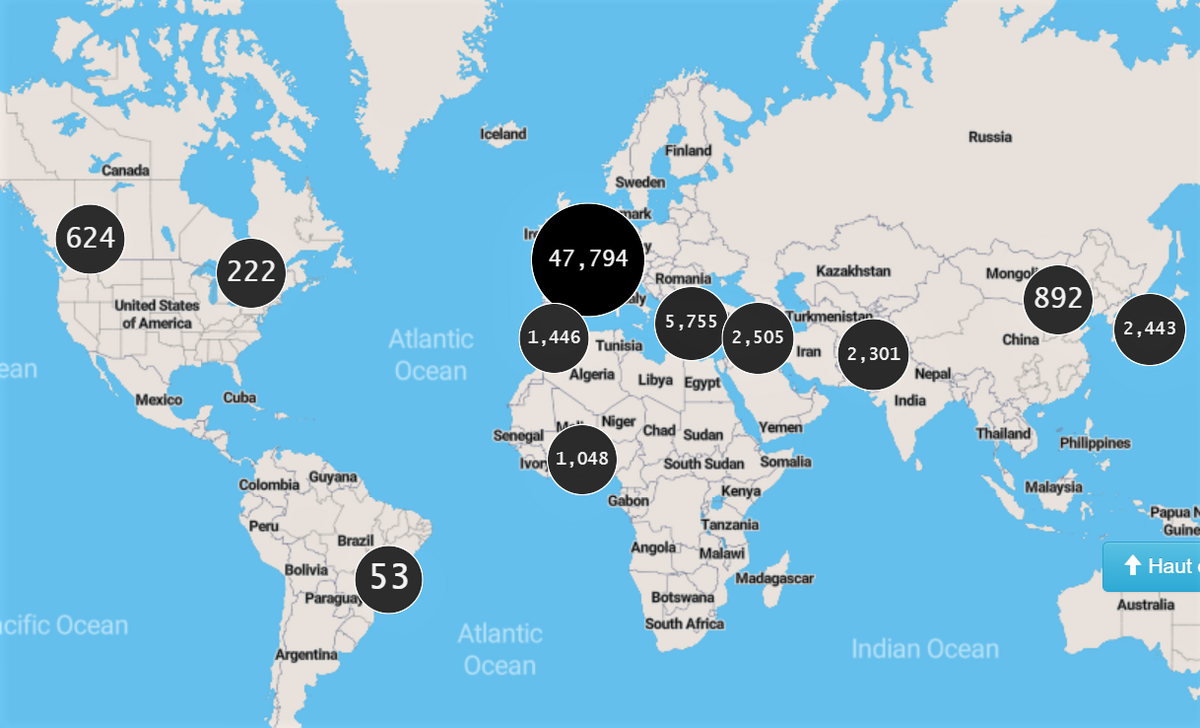Les Archives de la planète | Archives of the Planet | Albert Kahn Collections
The monumental photo and film documentation on Planet Earth set up by philanthropist Albert Kahn

- Published
- 2015
An avid traveler — he was particularly fond of Asia and Japan, to the extent that he created a Japanese garden on the grounds of his property near Paris, complete with a pagoda, ponds and teahouse –, a keen photographer himself, banker and philanthropist Albert Kahn launched the vast project of “capturing the world on film” after World War I, as a pacifist hymn to the beauty of Earth and a better understanding between its various people.
Commissionning dozens of photographers and filmmakers to travel the world, Kahn developed his “Archives de la planete” using the technical enhancements brought by the Lumiere Brothers from 1909 with their autochrome photography technique and their development of motion picture format.
Since 2015, the Archive Department of Musée Albert Kahn have digitized more than 60,000 photographic documents and large film footage (see part of the film collection here). To this date, however, the Southeast Asia archives are unfortunately absent from the online collection. In particular, the extensive coverage of Cambodia and Angkor by photographer Léon Busy has not been released online due to author’s rights issues.
Further reading: Okuefuna, D., (2008), The Dawn of the Colour Photograph, Albert Kahn’s archives of the Planet, Princeton University Press, 335 p. ISBN-13 : 978 – 0691139074[BBC Program: “The Dawn of the Color Photograph: Albert Kahn’s Catalog of Humanity”, by Maria Popova, 27 Feb. 2012.
In 1909, millionaire French banker and philanthropist Albert Kahn decided to enlist the era’s burgeoning photographic technology in a mission far greater than aesthetic fetishism, and set out to use the new autochrome—the world’s first true color photographic process, invented by the Lumière brothers in 1903 and marketed in 1907 — to produce a color photographic record of human life on Earth as a way of promoting peace and fostering cross-cultural understanding. For Kahn, photography was a way of cataloging the human “tribes” of the world and constructing a vibrant, colorful quilt of our shared humanity.
Over the next two decades, until he was ruined by The Great Depression, Kahn dispatched a crew of photographers to more than 50 countries around the world, shooting more than 100 hours of film footage and 72,000 images in what became the most important and influential collection of early color photographs of all time. Yet, for decades, the collection — which spanned everything from religious rituals to cultural customs to watershed political events — remained virtually unknown, until it was rediscovered in the 1980s.
Tags: photography, films, museums, online collections
